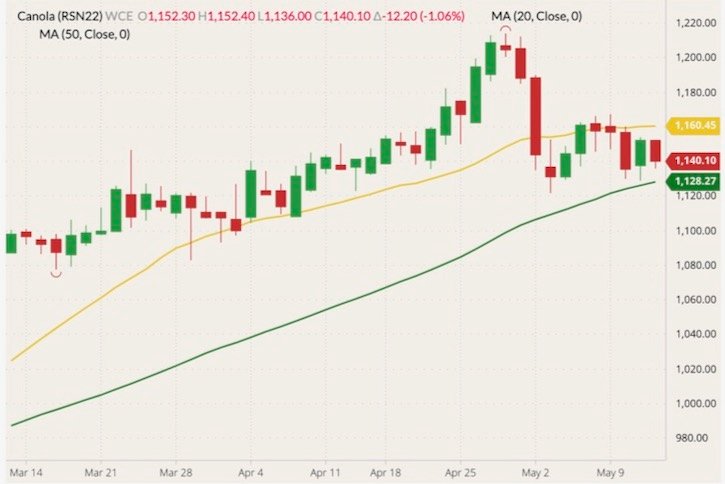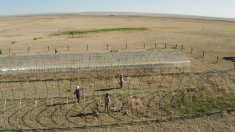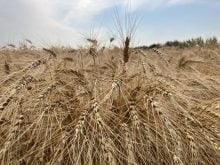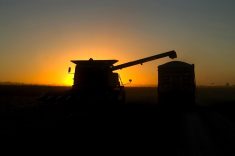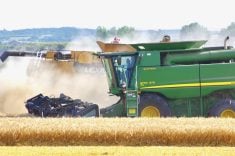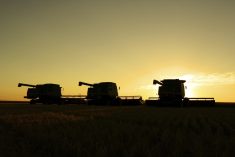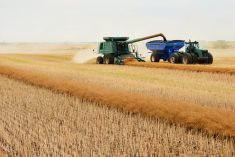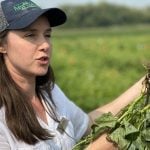MarketsFarm — Wet conditions throughout much of the eastern half of the Canadian Prairies continued to delay spring planting this week.
Meanwhile, the western half of the region remained mired in drought and in need of rain to help recently-seeded crops get off to a good start.
“Get it in the ground and get some rain out west, [canola prices] will come down pretty good,” said Jamie Wilton, trader for RJ O’Brien in Winnipeg, looking ahead to when seeding does get fully underway.
Read Also
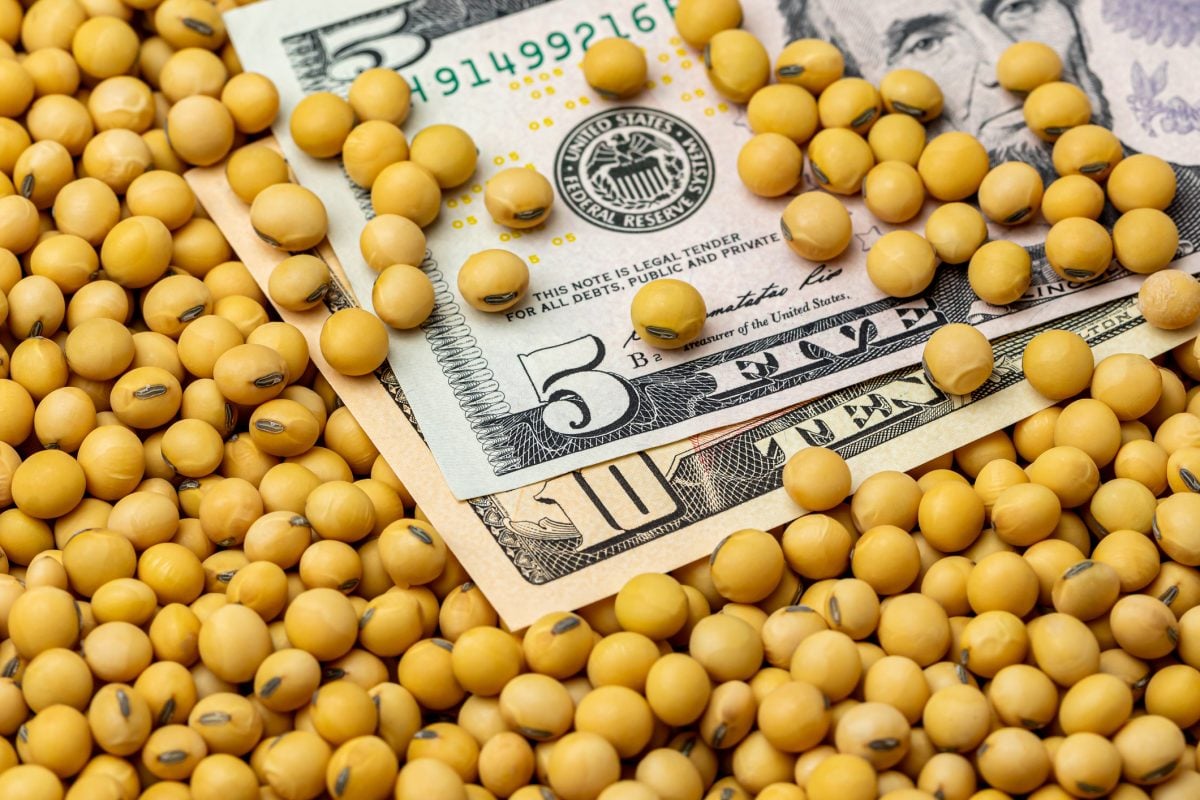
U.S. grains: Soybean futures hover near 15-month high after China buys U.S. cargoes
Chicago Board of Trade soybean futures hovered near a 15-month high on Wednesday after trade sources said China made its first purchases from the autumn U.S. harvest ahead of a summit between leaders Donald Trump and Xi Jinping.
Seeding progress has been quite slow so far this spring, according to the crop reports from the Prairie provinces. Most recently, Manitoba reported less than one per cent of all of its crops have been planted, due to soggy conditions. Last week, Saskatchewan pegged its spring seeding at about one per cent provincewide, with canola at zero.
Alberta was a different story, with its southern region 36.5 per cent planted, including canola at 12.4 per cent. Elsewhere in that province, though, the pace of seeding crawled along, especially for canola. Its central and northeast regions were both at 0.2 per cent; its northwest and Peace regions were at zero.
Wilton noted a lack of new demand for canola, which also weighed on values. At one point of trading on Wednesday, there was ample support from sharp upticks in global crude oil prices and increases in the Chicago soy complex, but canola fended off any spillover. Only later Wednesday did gains take root, finishing in the double digits.
— Glen Hallick reports for MarketsFarm from Winnipeg.


